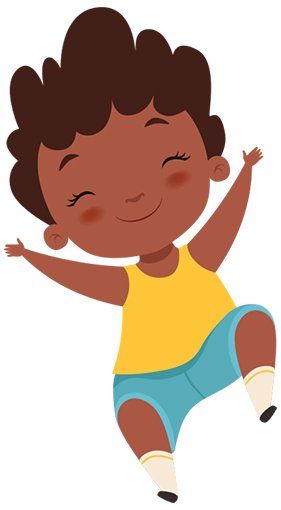10 Most Frequently Asked Questions About Montessori Preschool
-
1. What does “Montessori” mean?
The Montessori method of education is named for Maria Montessori, the first woman doctor in Italy, who devoted her adult life to the observation and study of children. The Montessori environment is designed to stimulate the child’s interest and promote his understanding and learning without interference. In this environment the child can unfold spontaneously and show the greater person within. According to Maria Montessori “the child is the father of the man.” The child begins to develop a foundation for a lifetime of creative learning. This includes a thirst for learning, a good attitude toward school, and habits of concentration, order, and persistence.
-
2. How is a Montessori Preschool different from other preschools?
In most preschools children are taught in a group by a teacher. In a Montessori preschool the child learns concepts spontaneously as they work independently after being introduced to a material.
-
3. Why should I send my child to preschool?
Most educators today agree that the single most important period in development occurs between birth and age five. A child’s mind is extremely absorbent and when properly nourished and stimulated, it forms patterns for learning that serve him well throughout his life. The Montessori system of preschool education has proven to be one of the most effective methods to guide a child through these critical years.
-
4. What is in a Montessori classroom?
The Montessori classroom is a child-size world. To a child, the world is overwhelming. It is big, complex, and confusing. By careful selection of materials by the teacher, an environment is set up that allows the child a place to explore life on a level he can understand. The prepared environment helps the child proceed at his own pace with materials that are designed to promote independent exploration. The child begins to find joy in discovering the world around him.
-
5. What is a typical day in the Montessori classroom?
Children arrive, greet the teacher, hand up their coats and begin their day. They choose activities, use small rugs to “mark” their place or sit at a table to do their work. They work alone or with a friend or just sit back and observe. The teacher helps when needed, gives lessons on new materials or sets out the snack. The classroom is set up in 5 areas: Practical life (everyday living), Sensorial, Math, Language, Science and cultural studies. Circle time (sharing, reading stories, singing, and large motor activity when the children cannot go outside. This is followed by lunch and either nap time or extended day. The young children sleep and the older ones engage in a variety of activities from drama and science to planning for holidays and art projects.
-
6. How do the children interact in the environment?
As the children develop their sense of pride in their work, a feeling of confidence well-being and joy begins to show itself in each child. A spirit of respect and cooperation among the children emerges.
-
7. What is the role of the Montessori teacher?
The Montessori teacher plans the environment in the interests of the children that she has, then helps them progress from one activity to the next. She is trained to deal with each child individually, allowing him to choose from many activities within his range of ability. She stands back while a child is working and gives him the satisfaction of his own discovery.
-
8. How do Montessori children adjust to traditional elementary schools?
Children who have been in the Montessori school are generally very flexible and adjust quite easily to the public school situation. They generally spend their time in productive ways because of their self-direction and positive attitude about learning. Montessori children are quite adaptable since they have learned to work on their own with-out constant supervision.
-
9. What about socialization and group?
In the Montessori classroom, socialization is very much a part of the daily activities. You can notice children interacting continuously and older children helping younger ones. Each day there is group activities and outside play. Children are allowed to talk openly with each other all through the day.
-
10. Who is the Montessori method designed for?
The Montessori method is a way of learning and has no distinction of class or intelligence. It has been used successfully in all parts of the world and in all types of programs.
Picture of

You’ve learned about Montessori preschools. To enroll your child, call us today at 630-964-3533.
6953 Woodridge Drive
Woodridge, IL 60517
Mon – Fri: 7:00 am – 6:00 pm
Classes start at 9:00 am
